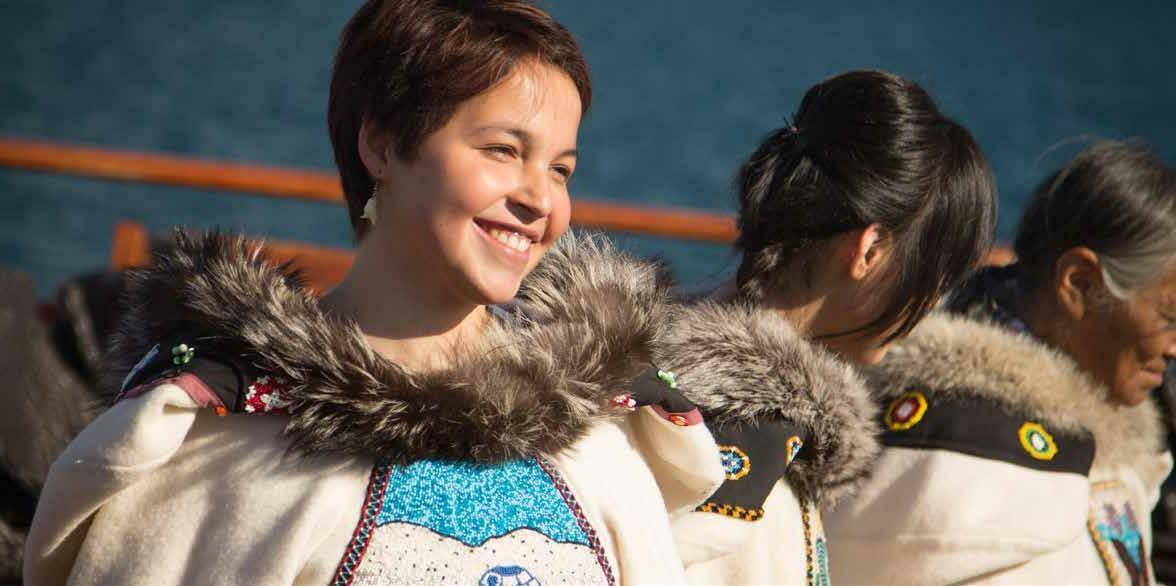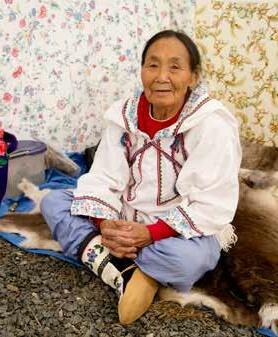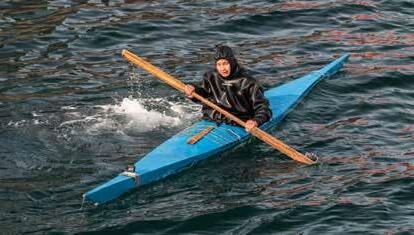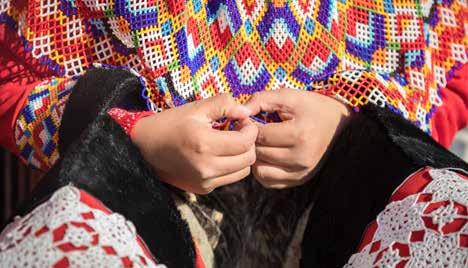
1 minute read
The People of the North
Whenever Quark Expeditions ventures to the remote Arctic, we are ever mindful that we’re visiting lands long inhabited by Indigenous peoples who’ve thrived across the circumpolar north—long before European explorers conceived the notion of setting out to explore new lands.
For the northern lands we visit—Nunavut (Canadian Arctic) and remote Greenland, among them—were already known by the Indigenous people who hunted, fished, nurtured their cultural traditions, co-existed with the wildlife, and were caretakers of the vast lands we’re fortunate to explore today. Whether we’re visiting a community, hiking across the rugged and undulating tundra or Zodiac cruising a majestic fjord in Nunavut on itineraries such as Arctic Express Canada: The Heart of the Northwest Passage, we are visitors to the Nunavummiut homeland. Nunavut, in the Inukitut language, means “our land.”



Similarly, when we set foot on the Greenland Ice Sheet, visit a historic Thule site, view traditional qajaq (kayak) demonstrations or share traditional culinary experiences, we are doing so on the homeland of the Greenlandic Inuit, or Kalaaliit. This land is known to its residents as Kalaallit Nunaat, meaning “The Land of the People”.
Qaanaaq (formerly known as Thule or New Thule), included in the Best of the Western Arctic: Canada and Greenland itinerary, is one of the northernmost towns in the world, where the inhabitants speak the local Inuktun language, as well as Kalaallisut and Danish. The Thule were predecessors to the modern Inuit.

TO THE PEOPLE OF THE NORTH:
For inviting us into your homes, for giving us the opportunity to experience the beauty of your lands and your rich culture, we say Nakurmiik. Qujannamiik. Matna. Qujanaq. Thank you.
For itineraries that celebrate the Indigenous culture of Greenland or introduce guests to the rich Inuit culture of the Canadian High Arctic, see pages 26–29.









